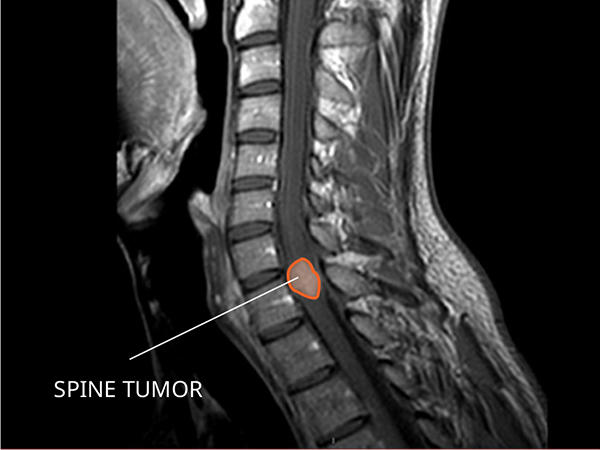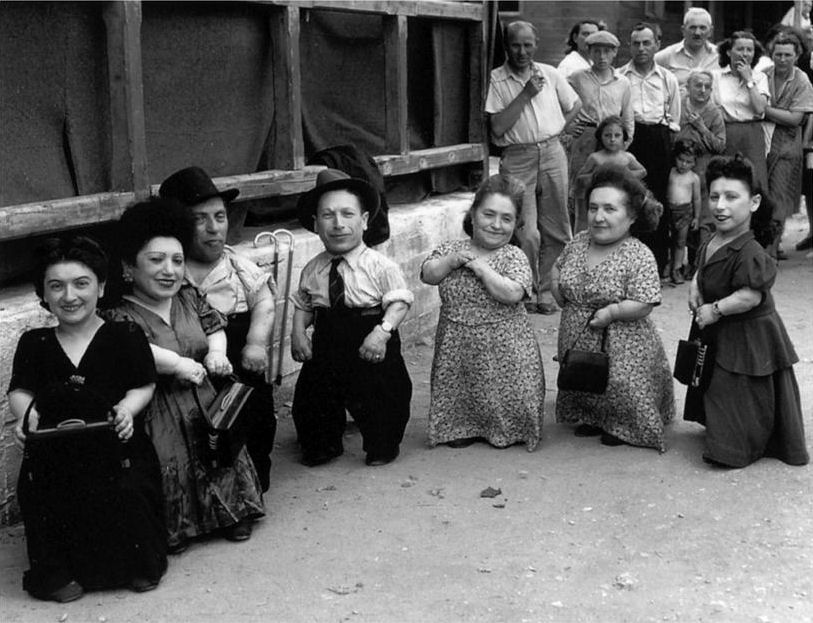Spinal stenosis is the narrowing of the spaces in the spine. This condition compresses the nerves that sit close to the spine, which typically occurs in the lower back or neck. This debilitating condition strongly affects movement and overall health.
Want to know what can put you at risk for this? Read on to find out…
1. Age

Most people who are diagnosed with spinal stenosis are over the age of 50, which is likely because osteoarthritis starts to affect the spine around that time. However, younger people can still develop spinal stenosis through other factors, as we will see later on…
The following cause is also linked to aging…
2. Herniated Vertebral Disks

Vertebral disks act as shock-absorbing cushions between your vertebrae, and as you grow older, they tend to dry out and crack. The soft inner material can seep through the cracks and put pressure on the nerves or the spinal cord, ultimately resulting in serious damage.
Time can take its toll on the body in more ways you can think…
3. Calcified Ligaments

Over time, the ligaments that keep the bones of the spine together can become thickened and rigid. This is a process called calcification. As a result, the ligaments can bulge into the spinal canal and cause compression.
Not everything that grows is meant to be good…
4. Osteophytes

Abnormal bone growths called osteophytes can stick out into the vertebral foramen and cause the narrowing of the spinal canal. Another bone condition called Paget’s disease can likewise cause bone spur formations in the spine.
And, some growths are simply worse than others…
5. Spinal Tumors

Recent research has discovered that some cases of spinal stenosis and other degenerative spinal conditions are caused by spinal tumors. Tumors that form within or around the spinal cord can affect and compress the spine.
Injuries can have the most drastic consequences, too…
6. Spinal Injuries

Injuries like falls, car accidents, or gunshot wounds can cause serious damage to the spinal cord. Spinal fractures may affect the contents of the spinal canal, and any possible swelling can put pressure on the spinal cord and nerves.
Unseen elements are trickier to look out for, though…
7. Polio

Polio is a viral, infectious disease that causes muscle weakness and paralysis and attacks the motor neurons in the spinal cord. Some CT scans of those suffering from post-polio syndrome reveal deteriorating changes that eventually lead to spinal stenosis.
This next cause is yet another serious detriment many people suffer from…
8. Scoliosis

Scoliosis affects many adolescents undergoing growth spurts. This sideways curvature of the spine can cause the intervertebral discs and joints to swell, often resulting in bone spur formations. Both can contribute to spinal stenosis.
Being stiff as a board is so much more than the lack of gracefulness, as this next cause demonstrates…
9. Rheumatoid Arthritis

Spinal stenosis wrought by rheumatoid arthritis is extremely severe, as it can further impede joint function. Not only that, but it may also bring about flare-ups and extremely strained movement.
Stenosis does not fall short on degenerative consequences either…
10. Achondroplasia

People with achondroplasia are at high risk of developing spinal stenosis because the vertebrae (spine bone) grow abnormally, leaving limited space for the spinal canal, which could eventually compress the spinal cord.
